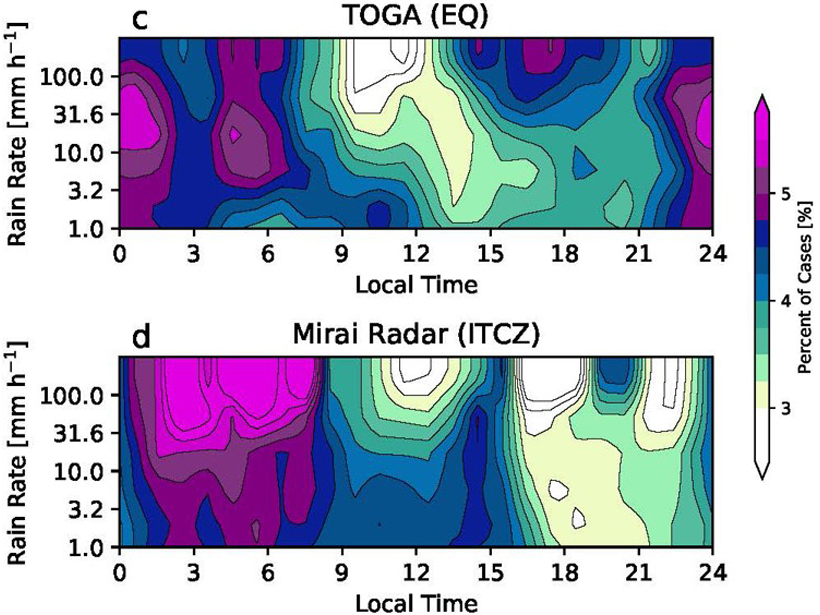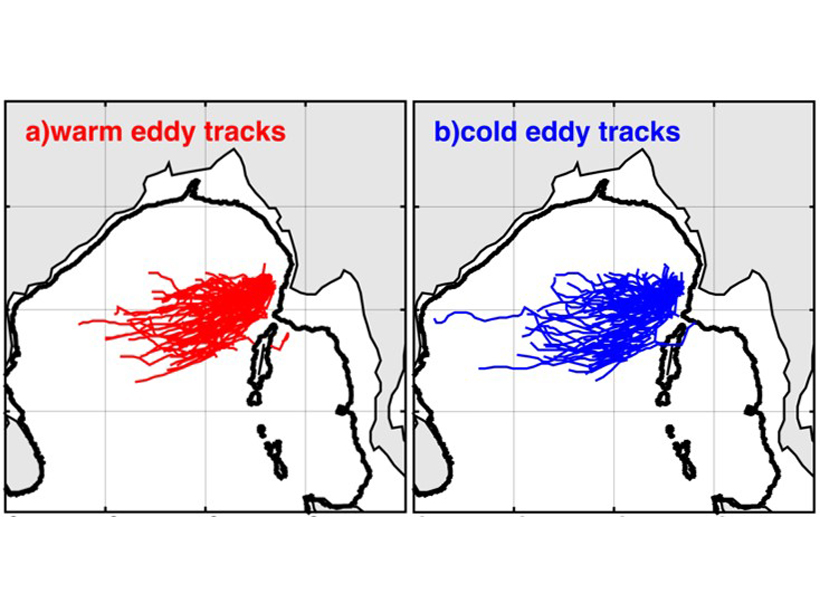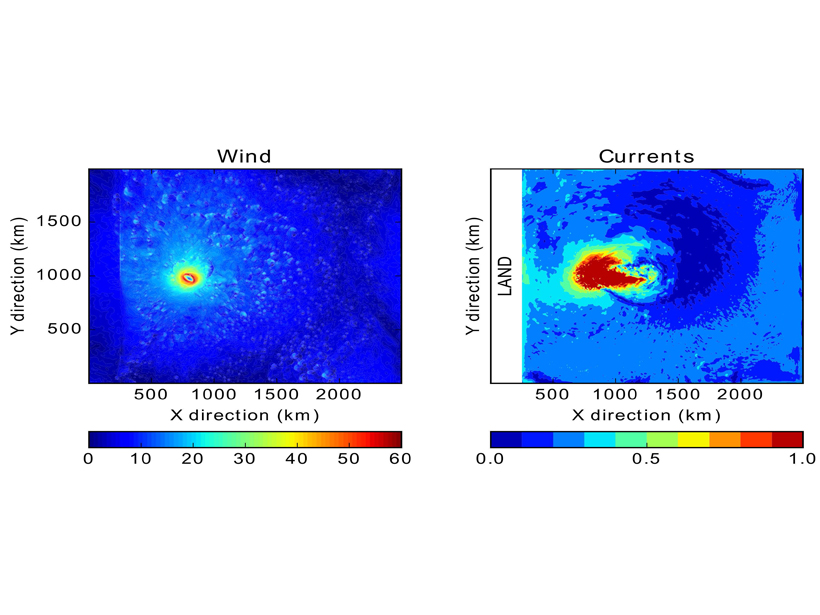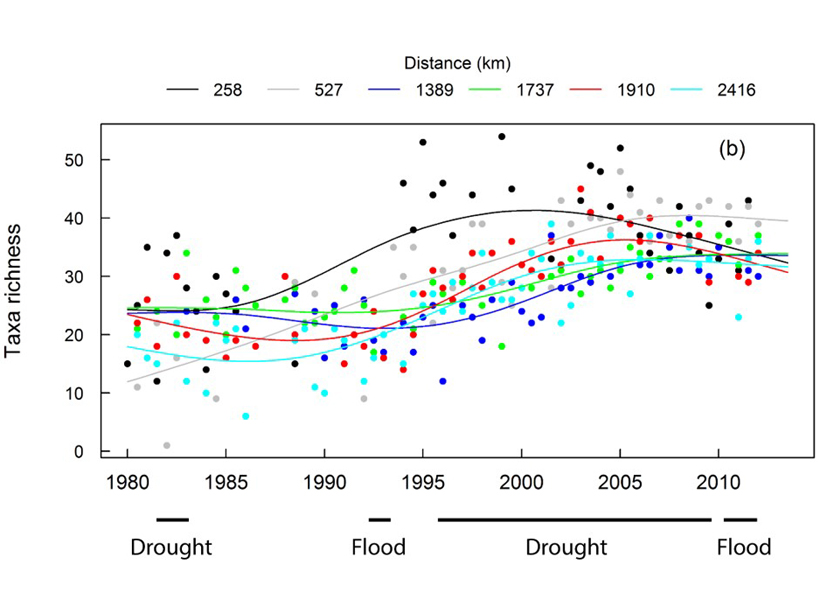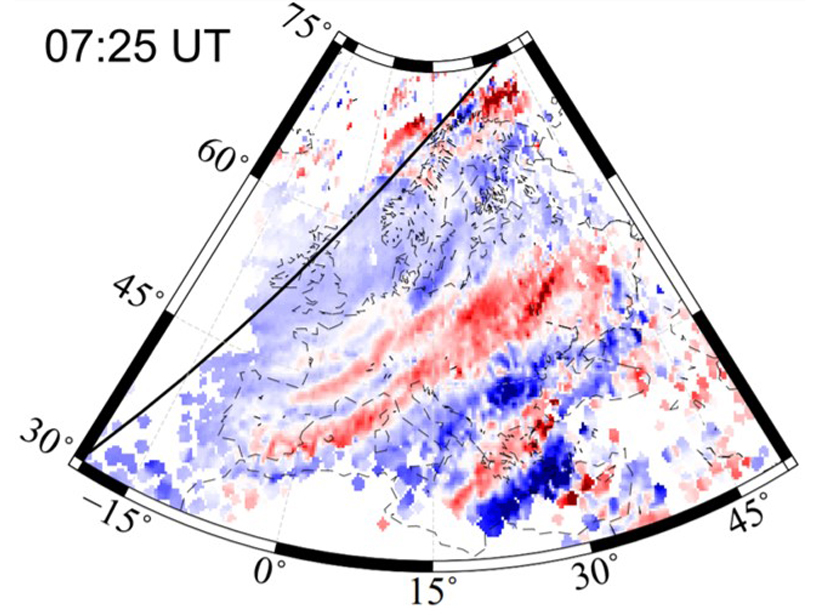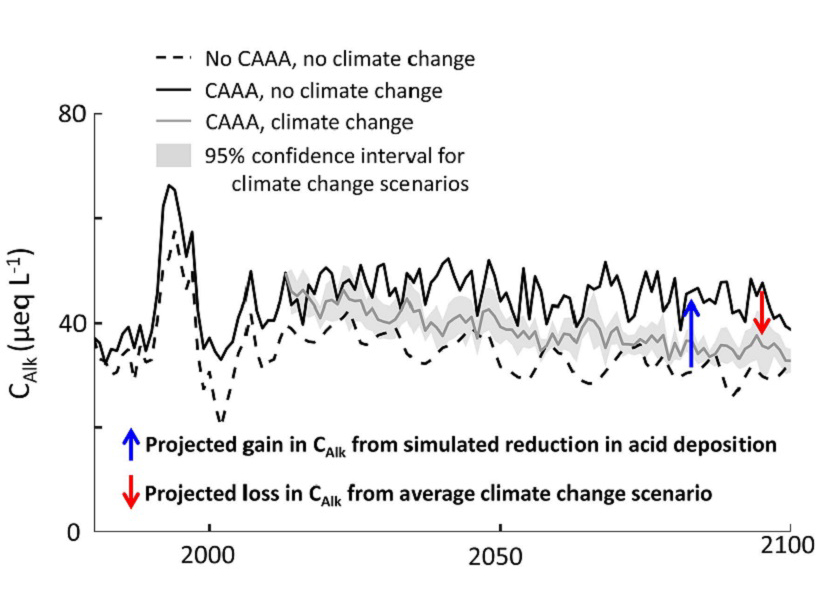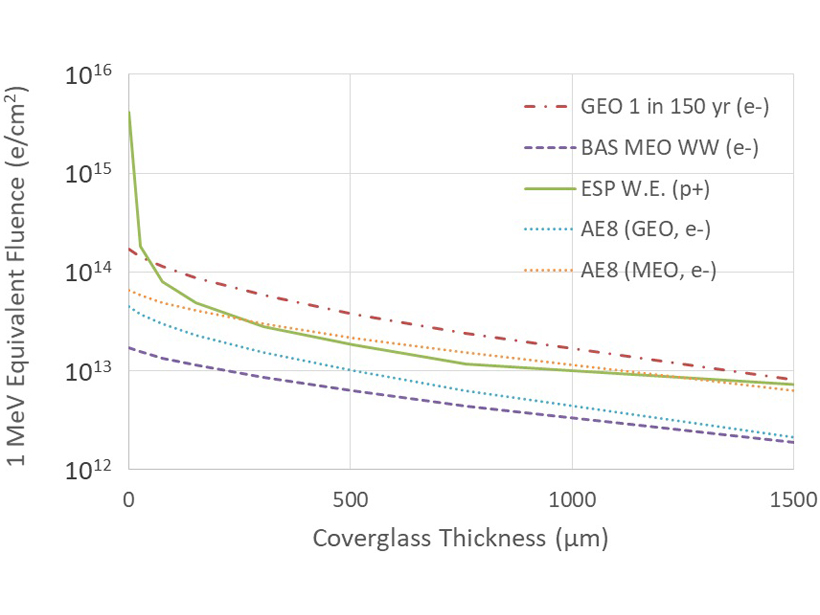A new measurement capability can detect the polarization of the radio frequency wave of lightning sources, which reveals different forms of lightning breakdown processes.
Editors’ Highlights
Diurnal Variation of Rainfall over the Equator Revisited
Radar data show an afternoon precipitation maximum in the equatorial Indian Ocean in addition to the nocturnal maximum; this occurs under light surface winds and suppressed large-scale convection.
Eddy Generation in the Central Bay of Bengal
Eddies in the central Bay of Bengal are generated near the eastern boundary of the basin, related to equatorial wind forcing, nonlinearity, and the topographic “bump” of Myanmar.
New Lidar Comparisons of Temperatures Near the Mesopause
For the first time, simultaneous measurements of upper atmosphere temperatures over altitudes 80 to 110 kilometers have been made by two complementary lidar techniques.
Can Coastal Surface Currents Improve Hurricane Forecasts?
An idealized model explores whether hurricane intensity forecasts could potentially be improved by incorporating coastal surface currents data.
Energetic Electrons Can Penetrate the Stratosphere
Precipitations of electrons with energies greater than 30 kiloelectron volts from the slot region penetrate at low altitude and can contribute to destroy ozone.
Long-term Dataset Reveals How Management Affects River Biology
River systems are affected by societies against a backdrop of climate change. A new dataset reveals how these forces affect river flow, chemistry, and the biological health of the river.
Seeing Waves: GNSS Tracking of Waves in the Upper Atmosphere
Dense GNSS networks enable scientists to track large-scale waves traveling through the upper atmosphere, away from sources in the auroral zone and the day/night terminator.
The Acid Tongue of Climate Change Strikes Our Streams
Clear air policies have led to dramatic reductions in acid rain and improved ecosystem health, but it now appears that climate change could counteract those gains.
Double Threat to Solar Panels in Space
Protons accelerated in solar storms and electrons accelerated in geospace storms can reduce space mission lifetimes. What is the likelihood of extreme events during geospace storms?


